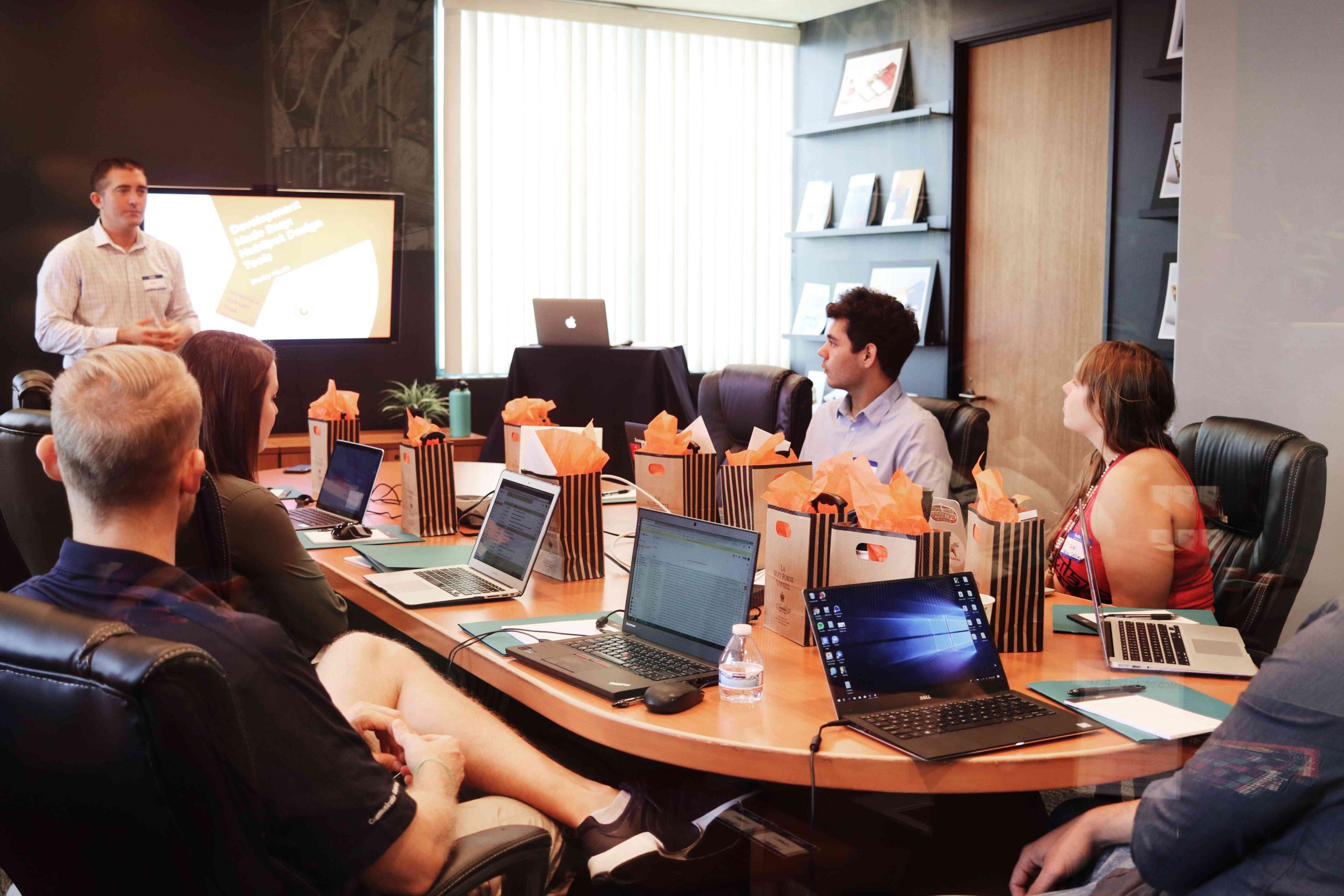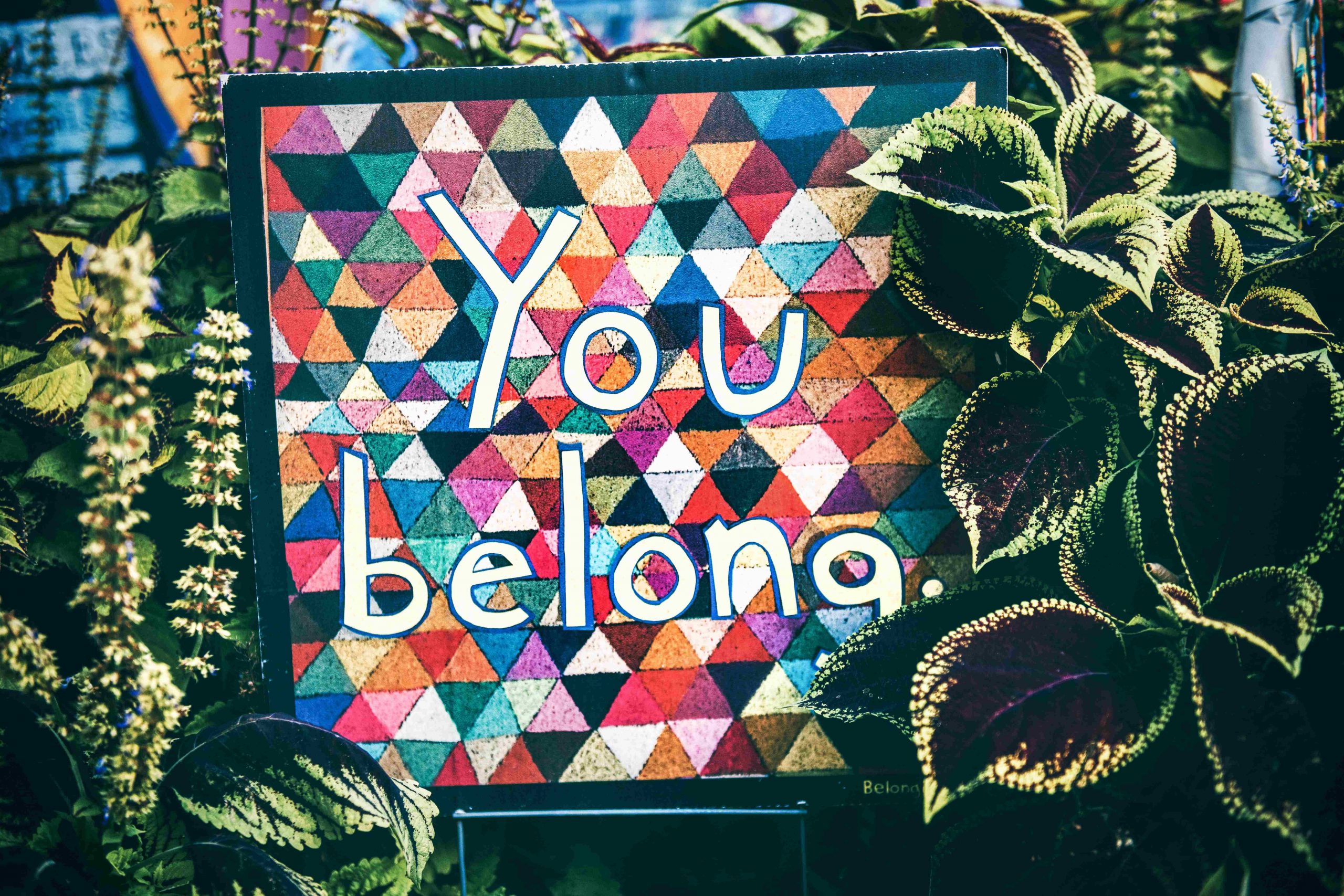Apr 13 2022 | admin
Corporates in India are looking more enthusiastic than ever to make their workplace inclusive of employees from diverse groups. Issues of mental health of the employees, evolved work culture, engaged employees, and the business case are key factors driving the agenda of inclusion in workplaces. However, the most crucial point and making the workplace truly inclusive is successfully implementing the Diversity, Equity, and Inclusion campaign beyond pinkwashing and statutory compliance. The DE&I campaign includes every aspect of inclusion, i.e., policy, infrastructure, and cultural changes in the existing structure.
However, an excellent DE&I policy and inclusive infrastructure alone are not a guarantee of an inclusive workplace. The workplace culture plays the most critical role. To make the workplace culture inclusive, the organizations require to change the behavior and outlook of employees toward lesser represented groups. At this juncture, a successful DE&I training program and gender sensitization workshops play essential roles. These interventions change employees’ behavior and the workplace’s culture. Without proper training and gender sensitization, a workplace can never achieve the goal of inclusion.
Training through interventions like workshops help employees understand the concept of DE&I which helps build a structure based on which organizations can strive for workplaces which are truly inclusive. These training programs also open opportunities to sail through different ideas and venture into employees’ uneasiness so that these can be answered and help an organization understand them better. Rolling out a Diversity, Equity, and Inclusion policy without proper training and sensitization is futile. Complete DE&I training through such workshops makes the employees aware of an inclusive culture and helps the leaders track, implement, and make their team a genuinely inclusive one.

Organizations starting their journey toward inclusive workplaces often ignore this vital aspect, failing to make the organization “inclusive.” In recent years many corporate houses in India have started their journey of making their workplaces inclusive, however, have never given the much-deserved weightage to the training of their employees. Even after having a DE&I policy, inclusive infrastructure, and spending a considerable amount on visibilities, these organizations never became genuinely inclusive. Does the question arise why they never chose the most vital aspect? Reasons may vary and may include but are not limited to some doubts over what DE&I training programs and Gender Sensitization mean. This article will focus on some critical points of the DE&I workshop.
Internal Vs. External Coach
In conducting a training workshop, the first conundrum organizations face is the question of choice between an internal coach or an external coach. The choice always depends on the necessity and resources. Internal coaches have the advantage of knowing the workplace culture and employees better, but the same option has its disadvantages as well . An internal coach from the same environment may be counterproductive as a result of their prior involvement with employees and positive and negative unconscious biases resulting out of such involvement. The internal coach is either too comfortable working in the environment or hesitant enough to not intervene in earlier scenarios. As such, it is always advisable to have a coach for the training of the employees when it comes to the inclusion of diversity.
On the other hand, an external coach can have an outsider’s eye and efficiently see the areas of concern and interventions. Moreover, as the external coach is not from the same environment, they can bring a change in culture by training the employees without prejudice and bias. In India, many organizations are providing such facilities. The Outcast Collective is one such organization providing training and gender sensitization regarding Diversity, Equity, and Inclusion in the workplace.

What should be the aim of the coach?
To Understand: Discrimination flows from biases. To make the environment inclusive, one needs to eliminate the biases we have grown up with since childhood. Therefore, the first aim of such training should always be to make the employees understand their conscious and unconscious biases along with ways to get rid of them.
To Know: We talk about diversity, equity, and inclusion as one term but does everyone know what this means? Unless the employees know the meaning and differences between “Diversity,” “Equity,” and “Inclusion,” they will never understand the importance and necessity of the implementation of DE&I policy. In addition, when employees understand various diverse groups, it also assists them to understand how to make the lesser represented groups feel included
To Stop: The most crucial factor in inclusion training and gender sensitization is reducing workplace discrimination and promoting a safe environment for various diverse groups of employees. Therefore, the coach should focus their training not just on making the employees aware of harassment and discrimination but also on enabling them to become anti-harassment champions. One of the most crucial aspects of this training should focus on and train the employees regarding verbal and non-verbal microaggression. People often remain unaware of the microaggressions affecting the work environment, like unconscious biases.

When planning for DE&I training workshops, organizations should never forget that DE&I is a continuous process. Training, workshops, and interventions are everyday things that should be held, monitored, and measured throughout the year. Another essential aspect is that organizations ignore the evaluation and measurement of such interventions. There are many steps to measure the success of the workshop and the entire DE&I program implemented in the organizations through employee engagement and feedback, amongst others.
[do read here: how-to-measure-progress-of-inclusive-workplace]
Organizations often give less importance to the training of employees. Organizations often also forget that the dominant group plays a crucial role in making the workplace inclusive for diverse employees. Unless the dominant group is not adequately sensitized, trained, and equipped, the workplace will never become truly inclusive. A hostile or lesser learned dominant group of employees in the workplace always poses a threat to diverse groups’ way to feel a sense of belonging. In conclusion, every organization should prioritize training and sensitization of their employees as without this crucial part being well accomplished, a successful campaign for an inclusive workplace will always remain a distant dream.
